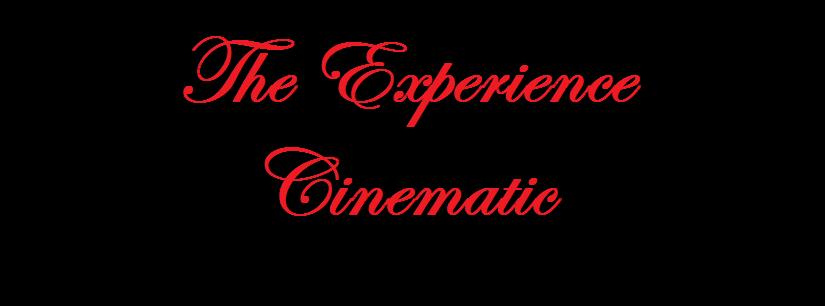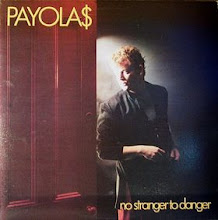
The Princess and the Frog is a film that is at war with itself, attempting to mix progressive politics and the Disney fairy tale formula together. The result is a confused mess of overtly mixed messages that will leave the viewer conflicted as to just what the filmmakers were thinking when they started crafting this film.
But damn if it isn’t entertaining to watch.
That’s the rub though. There are moments when I know I should feel offended by what is on screen, where I know that the film is thematically undermining itself at every point, and where Disney once again manages to misappropriate other cultures and twist them to their own ends. Yet what ends up on screen is such a visual marvel, with moments of well executed comedy and impressive acting, I managed to get sucked up in it all.
Set in New Orleans during the 1920s, The Princess and the Frog follows the story of Tiana, a hard working but meagrely paid waitress who is saving up to start her own restaurant, a dream she shared with her late father. Her ship seems to have come in when the arrival of the lazy Prince Naveen, who is looking to marry into the wealthy La Bouff family to replenish his fortunes, when Tiana is paid a massive sum to cook for a party held in Naveen’s honour. However, Naveen is transformed into a frog by local supernatural con man Dr. Facilier as part of a larger scheme to takeover New Orleans, and can only be reversed by the kiss of a princess. Through a series of misunderstandings, Naveen thinks Tiana is a princess, just at the moment her dream looks ready to slip away, and she agrees to kiss him in exchange for the money to save her bid on the property for the restaurant. Instead, it backfires and Tiana herself becomes a frog.
The Princess and the Frog could have been a typical Disney animated venture. What marks it as different is the film attempts to finally address the long standing failure to feature a black characters in the leading roles, and tackle the long criticized passivity of the female characters who end up achieving fairy tale endings by luck and circumstance. However, there are two major problems with the approach the filmmakers utilized in attempting to achieve these goals, resulting in a convoluted ideological mess.
The first problem is that the film attempts to fully maintain the Disney formula while at the same time attempting to alter it: it wants her to be a fully independent woman, yet still marry her off into a fairly tale ending. The result of trying to do both results in a strange back and forth in which Tiana is upheld for her virtues of hard work, only to be condemned for the very same virtues by “failing” to realize that she “needs” a man. And I am not kidding when I say that the film states that what she really needs is a man: there is a whole song and dance sequence about that very fact. The drive to work hard, be respected and successful at what she does is blacklisted as a want, not a need, and the whole endeavor comes off as a patronizing, paternalistic affair.
Worse is the manner in which the filmmakers attempt to deal with the fact that the era chosen to set the story in was a deeply and overtly racist time period. Instead of addressing the issue head on, it is nearly wiped from the film and instead is subsumed in class conflict instead. Now, while race and class politics frequently overlap and inform one another, they are NOT the same thing. New Orleans is not a far away land with a fictional history: it is a very real place with a very real history. While I certainly believe that no film is beholden to having to “accurately” represent history, as if it was even possible, such an oversight is massive, with the narrative working to negate the harsh history of America. This came home for me when leaving the theatre and I overheard a parent telling their child that New Orleans was “really just like that.” Again, I know that it isn’t the filmmaker’s place to consider the way parents choose to handle such discussions, but at least in acknowledging that major historical point in the film, it might have forced parents into holding a meaningful discussion with their children about the topic, rather than sweeping it under the rug.
Of course, the Disney fairy tale formula is rooted in European values and ideals, so I shouldn’t be surprised that the history of racism is glossed over. But this could have been avoided if Disney had at least set the film in modern times, or simply set the film in a fictional world. At least then it wouldn't have felt absolutely necessary to address the topic.
Yet, for all of its failings, The Princess and the Frog is a beautiful example of cell animation and its power in an era of computer animation. There are moments where I was in awe of the beautiful work on screen, including amazing sequence in which Dr. Facilier gives a demonstration of his power to Naveen. The characters are likable and well rounded for the most part, and the cast gamely comes out in top form. In fact, Kieth David is the honest to God hero of the film, transforming his villainous role as Dr. Facilier as the most entertaining part of the film.
Yet, I cannot feel right recommending the film to families with small children. Allowing older kids to see the film, maybe, but in all honesty, there is just too much complexity with regards to the film’s politics to mark this as a film for all to see.
As for Disney and its filmmakers: it is do or die time. Sitting on the fence with the kind of story you are telling is no longer an option. The time for the traditional princess fairy tale is dead, a point made quite well by your own film Enchanted (Lima 2007), a clever dig at how the traditional fairy tale stories you have told again and again are somewhat out of place now. You cannot keep relying on recycling old gender stereotypes and Eurocentric narratives to audiences and expect them to buy them. The world has changed, and it is about time you did to.


hmm...over-analyze much? Its a kids movie, cute and entertaining...nothing more nothing less...
ReplyDeleteOur cultural products are created by ourselves, and reflect values and ideas about our world. Further more, they show us how we view ourselves.
ReplyDeleteWe spend VAST amounts of time viewing these cultural products, and they in turn help to shape the way in which we see the world unless we stop a moment to think them through.
Lastly, everyhting about our world is political, including children's works. If you don't believe so, look into the history of British Children's literature during the time of colonial expansion. You may be surprised by what you find.
So, no. No, not an over analysis. If you have another analysis, please feel free to post though.
I agree, Noyer, and you know that.
ReplyDeleteI'm just going to say what I pointed out in our discussion before.
Another problem with this movie is that it is placed in a time period, which shadows the nice happy ending. In particular, it's set in the 1920. What happens in the 1930s? Cause I'm betting that Tiana, unless she gets backed by the royal family she's now a part of, is not going to have that restaurant for very long.
Oh wait, this is where her being a hard working woman would come into play, huh. Hmmmm.....